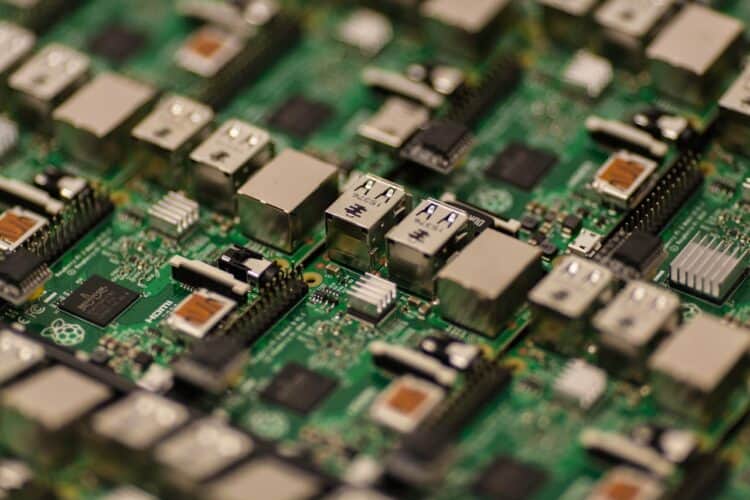ABI Research predicts that 2024 will be more of the same for the hardware security module (HSM) market – 2% growth, same as 2023.

The analyst says several challenges will stymie growth, notably macroeconomic pressures, including inflation, the rising costs of hardware components, and continued fallout from the chipset shortage. “While HSM OEMs have been able to meet demand, lead times are longer, and list prices have gone up to offset those costs,” says Michela Menting, senior research director at ABI Research.
She estimates that average sale prices will rise 2-3% in 2024, again same as 2023.
ABI Research says the main impact has been the less-than-stellar adoption in markets that were deemed ripe in 2022, notably IoT and Cloud. The use of HSMs in IoT has faced off against cheaper software-based Public Key Infrastructure (PKI) and Key Management Service (KMS) alternatives. At the same time, cloud migration has been slower than expected. Shipments in the Cloud HSM market were a paltry 4% YoY (22-23) and even less in manufacturing and utilities (1-2%), both estimated to be top markets for IoT.
The HSM OEMs that pivoted to cloud-based services have managed to keep revenues afloat. Both Thales and Futurex have done well in that respect, particularly in their payment of HSM services, an emerging market with growing demand. Cloud providers are increasingly looking to payment HSM-as-a-Service (HSMaaS) as a lucrative opportunity, and HSM OEMs can have an important partnership role in that space.
Ultimately, the HSM market functions on a cyclical basis, with refresh cycles driving demand. “However, there are also plenty of opportunities for expanding that total addressable market, but it is through the marketing of what HSMs can offer in terms of applications, rather than through the sale of the HSM appliance as a product in itself. Whether that is quantum-safe encryption technologies or machine identity, the HSM market will only see significant growth in new segments by focusing on an application-based strategy,” Menting concludes.



